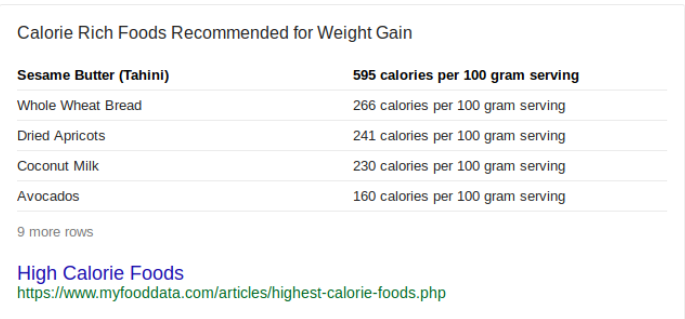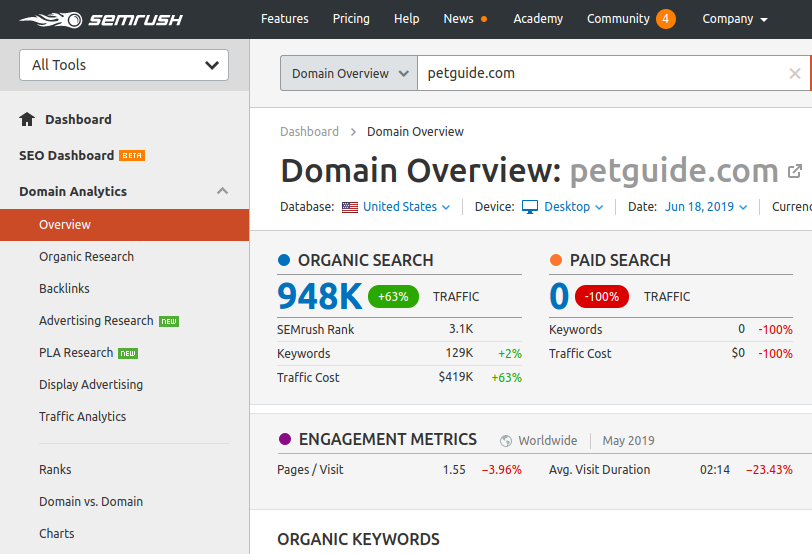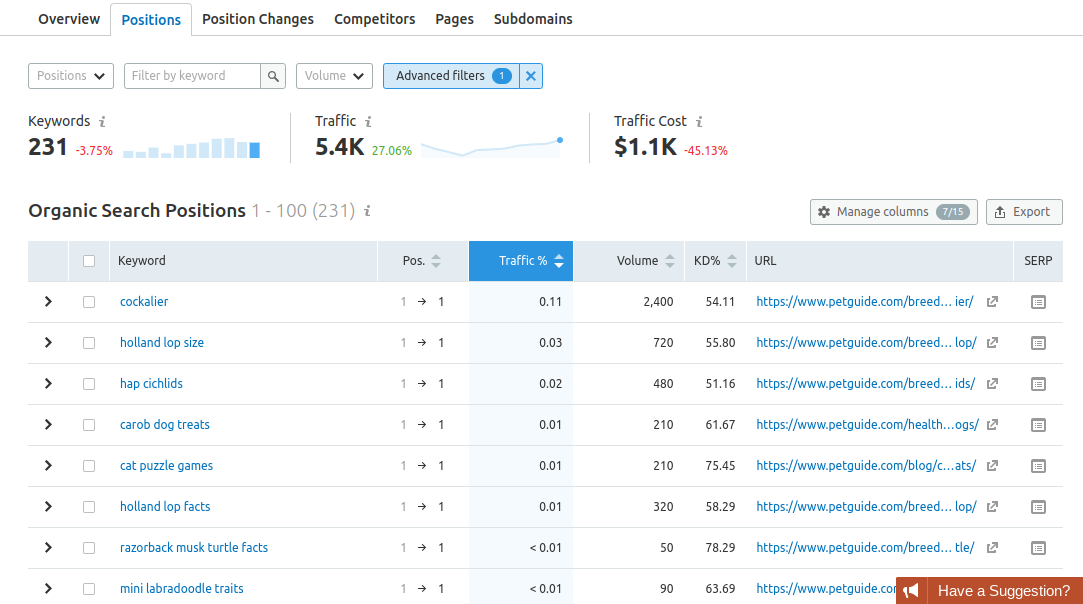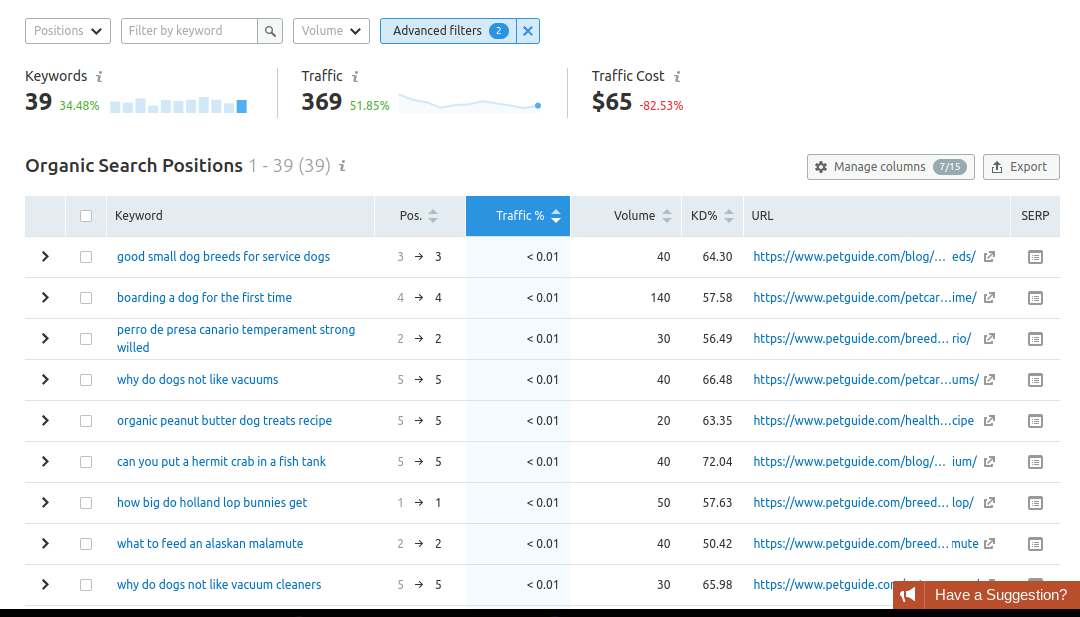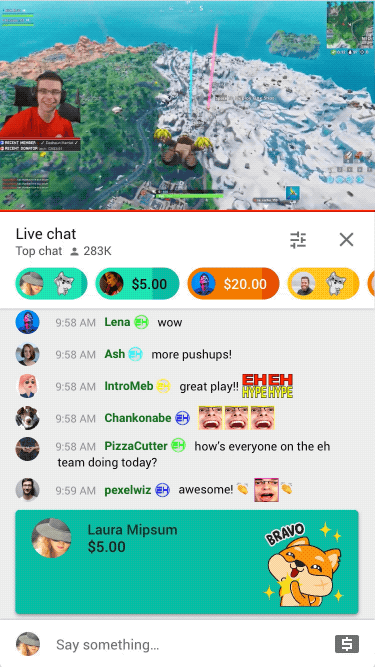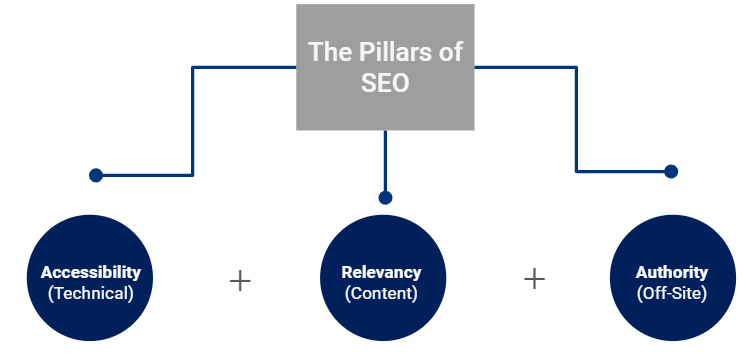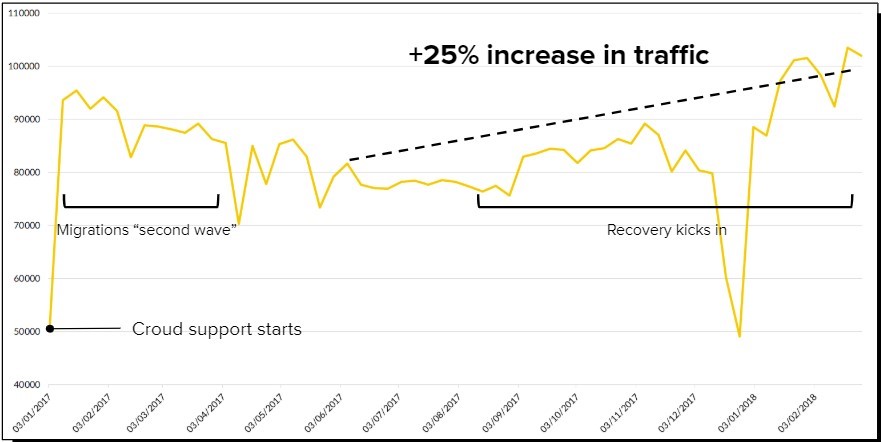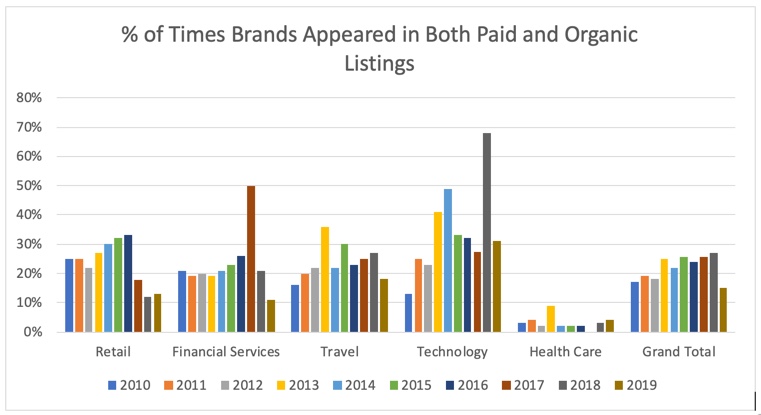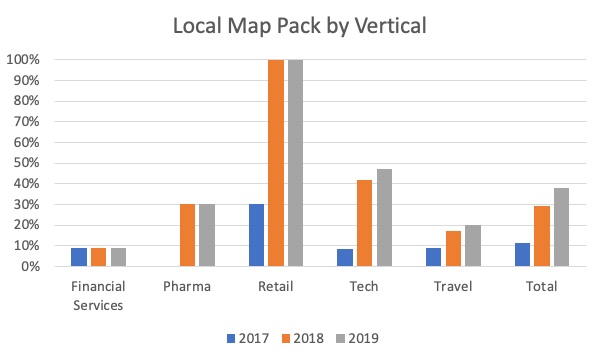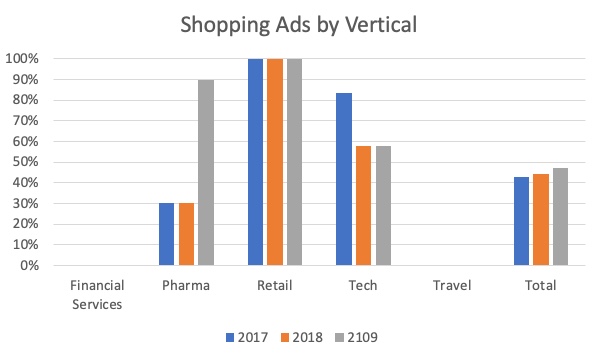
Keyword research is one of the most important digital marketing tasks. Furthermore, it lies at the foundation of any business strategy or campaign you are planning.
Keyword research provides useful insight into organic ranking opportunities, persona building, competitive research, product development — you name it!
Another reason why I love keyword research is that it’s a highly creative process. There is never such a thing as “enough tools” when it comes to keyword research. Each data source and the way the data is presented brings something new to the table. Sometimes when I feel stuck, all I need is to play with a new keyword intelligence tool.
With that in mind, I decided to create a roundup of free (and freemium) keyword research tools, i.e. those tools you can run right now, without the need to pay first.
Some of those tools are freemium (meaning you can pay for the upgrade) but all of them are quite usable for free (which is what I recommend doing first before deciding if you need to upgrade). Finally, I am not going to include obvious tools like Google Ads Keyword Planner and Google Search Console as I am sure SEW readers are well aware of.
New tools inspire new tactics which is what I hope you’ll end up with.
1. Rank Tracker: Aggregated keyword suggestions from multiple sources
(Freemium)
Rank Tracker free version gives you access to its keyword research feature that uses around 20 different keyword research sources, including Google Ads Keyword Planner, Google Suggest,Wordtracker, SEMRush and more.
Rank Tracker is a downloadable tool and you do have to provide your name and email to start downloading. Other than that, the installation takes seconds, and running it won’t kill your browser.
The free version includes keyword analysis feature helping you to discover most promising keywords to include into your content strategy. These metrics include:
- Monthly search volume (according to Google)
- PPC competition
- Keyword difficulty that reflects the estimated level of organic competition of each query.
…keywords with the Keyword Difficulty score below 60 are the hardest to find but the easiest to rank for. When accompanied by a considerable and steady number of searches, they become perfect keywords to optimize your pages for. You may also have a look at KEI, visibility, and CPC parameters for a deeper analysis.
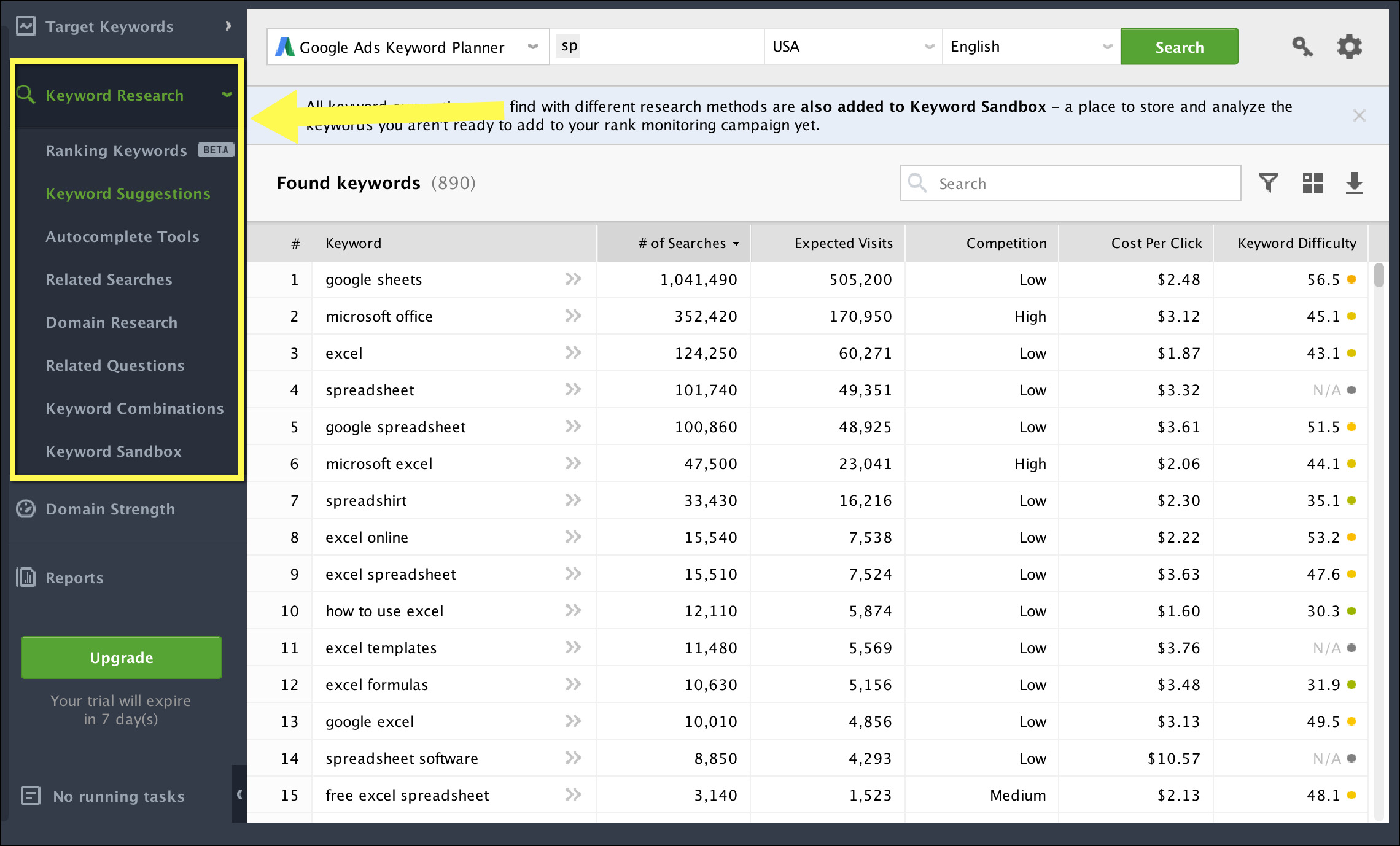
You can export the whole list into an Excel file to play further.
The premium features include collaboration, cross-tool reporting, task scheduler, multiple projects, etc.
You can see the full list of features you’ll get free access to here.
2. Answer The Public: Google Suggest driven questions and more
(Freemium)
Answer The Public is a completely free keyword research tool that requires no registration. It uses Google Suggest data to discover questions, comparison-based queries and keywords containing prepositions.
Answer The Public allows to view the data in two ways: Visualization (i.e. a mindmap) and Data:
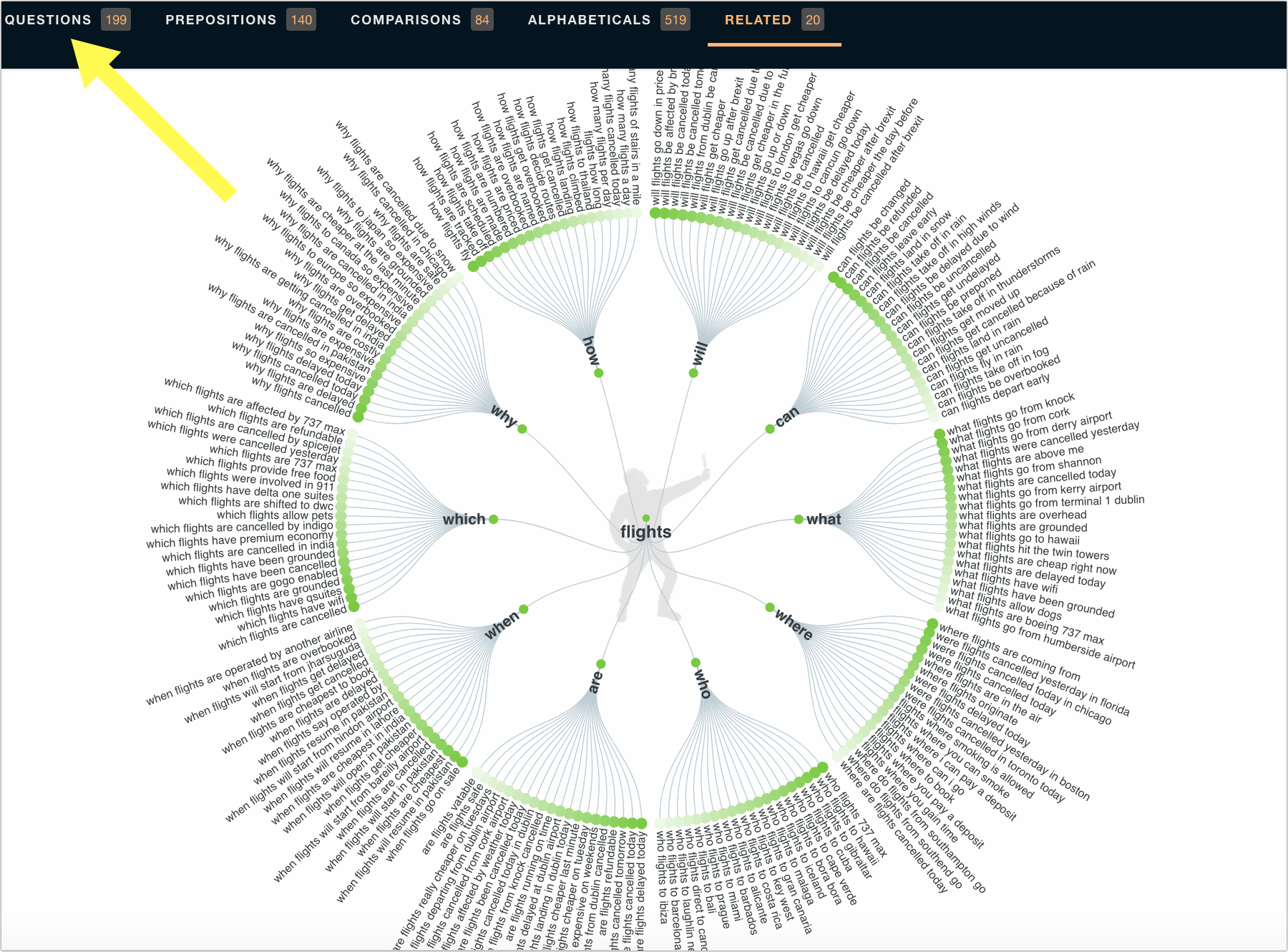
You can also export all the results in a CSV file or save any visualization as a PNG file.
The recently launched premium version allows you to target keywords by location, compare data and add team members for collaboration.
You can see the version comparison here.
Tip: You can also use this tool to upload your Answer The Public spreadsheet to add Google search volume to each question. This will help you focus on those questions that are often being searched in Google.
3. Text Optimizer: Related concepts and terms
(Freemium)
Text Optimizer is the semantic analysis tool helping you identify related concepts behind each topic or query. It uses Google’s search snippets to analyze the keyword context to come up with related concepts and entities that help Google understand and classify the topic.
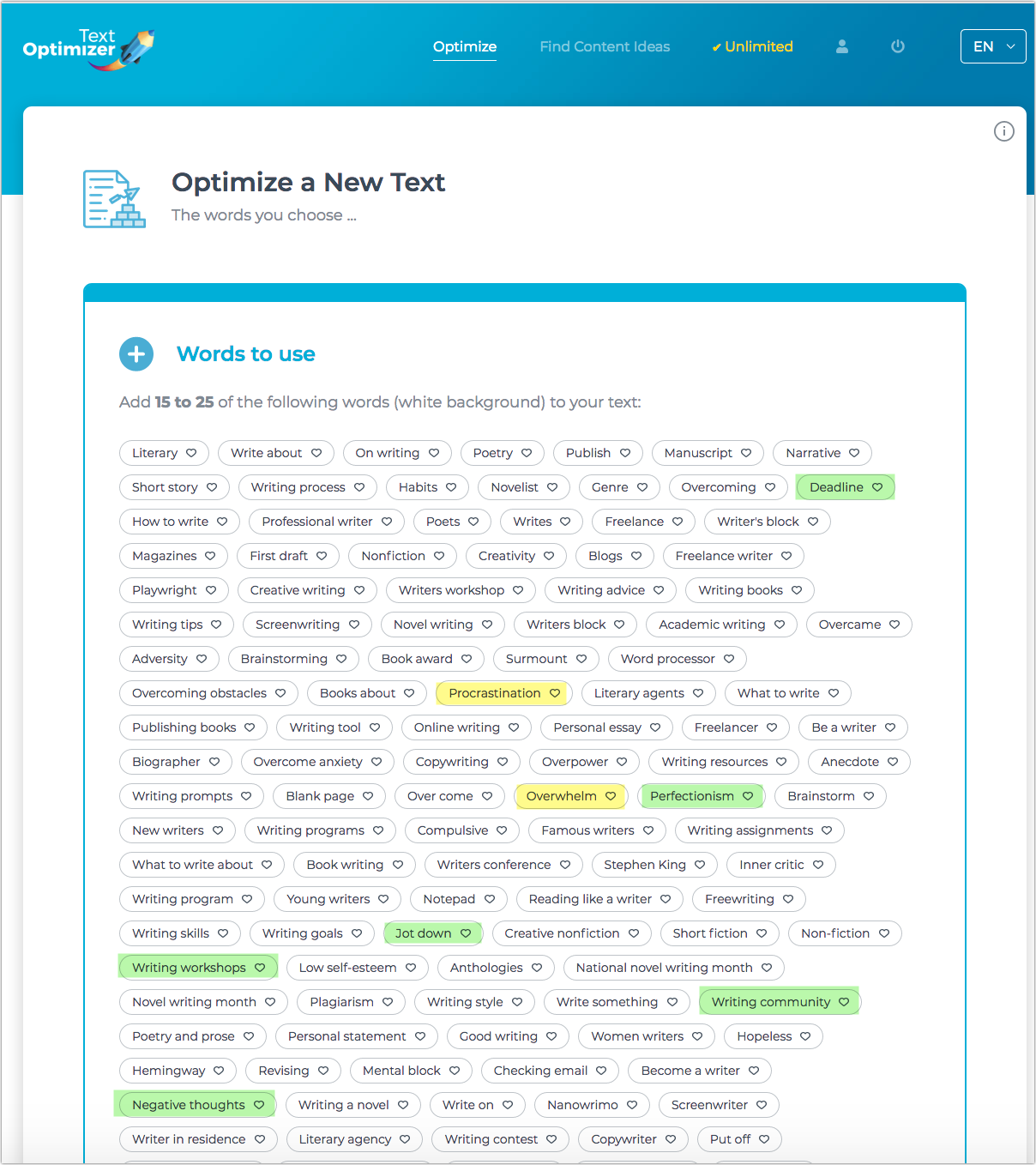
Text Optimizer is both content optimization and research tool helping you direct your whole content creation process.
Don’t get misled though: It’s not about stuffing your content with the suggested terms. Use the tool for deeper topic understanding and as a writing aid.
The premium version allows to use geo-targeting, build whole sentences to help you in writing and access your historic records.
You can see it in action here.
4. Kparser: Clustered keyword suggestions
(Freemium)
Kparser is a freemium tool that runs the whole keyword analysis for free, without requiring registration. You won’t be able to export the keyword list unless you upgrade but you can use the keyword filters to the left to group and cluster your list by a common modifier.
Kparser combines multiple keyword sources including Google Trends, Ebay, Amazon, Google Trends, and YouTube.
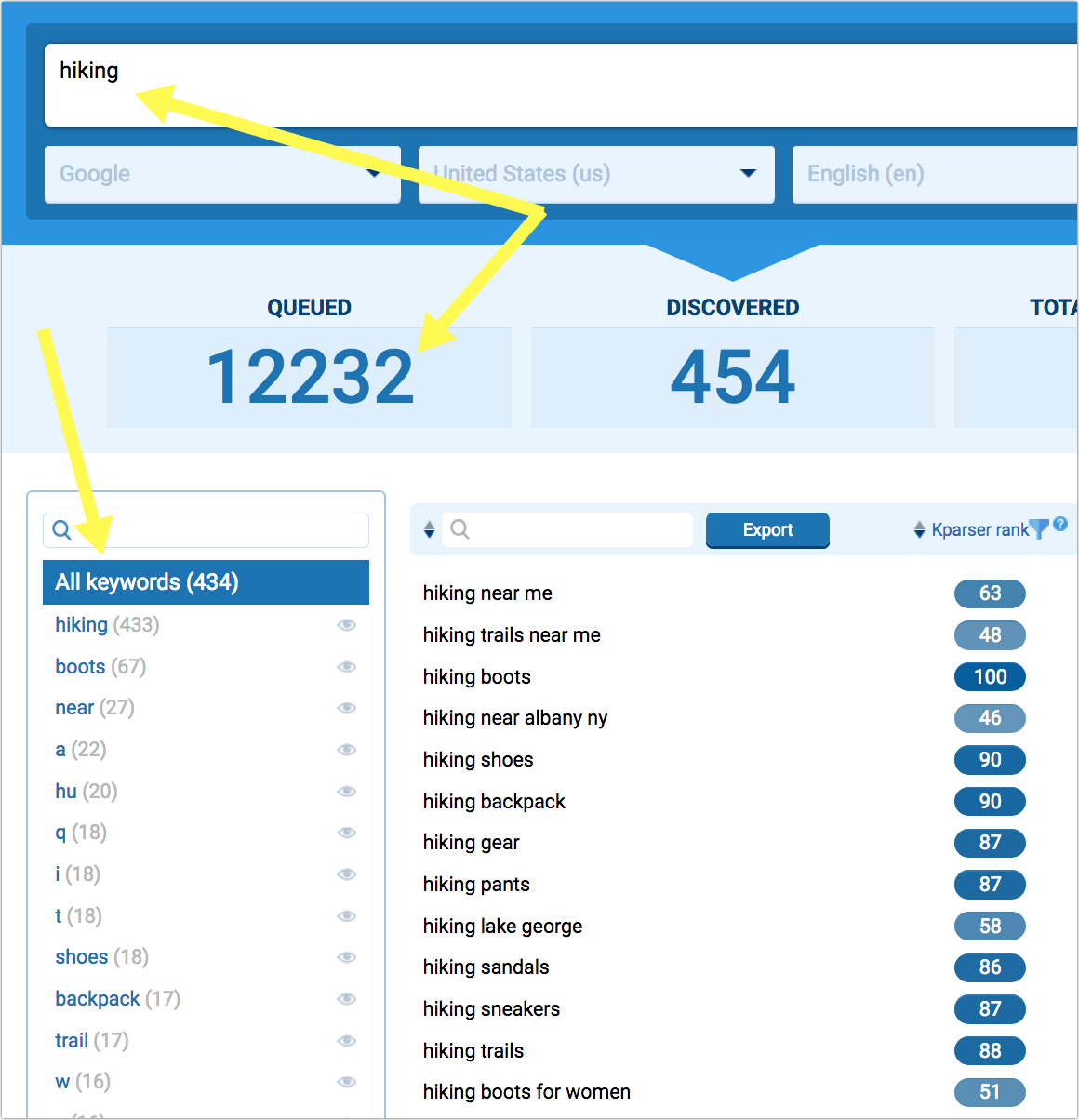
It’s a somewhat basic approach to keyword clustering but it’s nonetheless nice to have completely for free as it helps to discover more queries to optimize for.
The premium features include unlimited searches, geo-targeting and more.
Read more about Kparser here.
Bonus: Analyze keyword performance
(Free trial)
Finteza is a nice affordable alternative to Google Analytics with huge focus on conversion optimization and monetization.
One of its highly useful feature is search analysis section showing you which keywords brought most clicks to your site. It’s a great way to identify more queries to focus on:
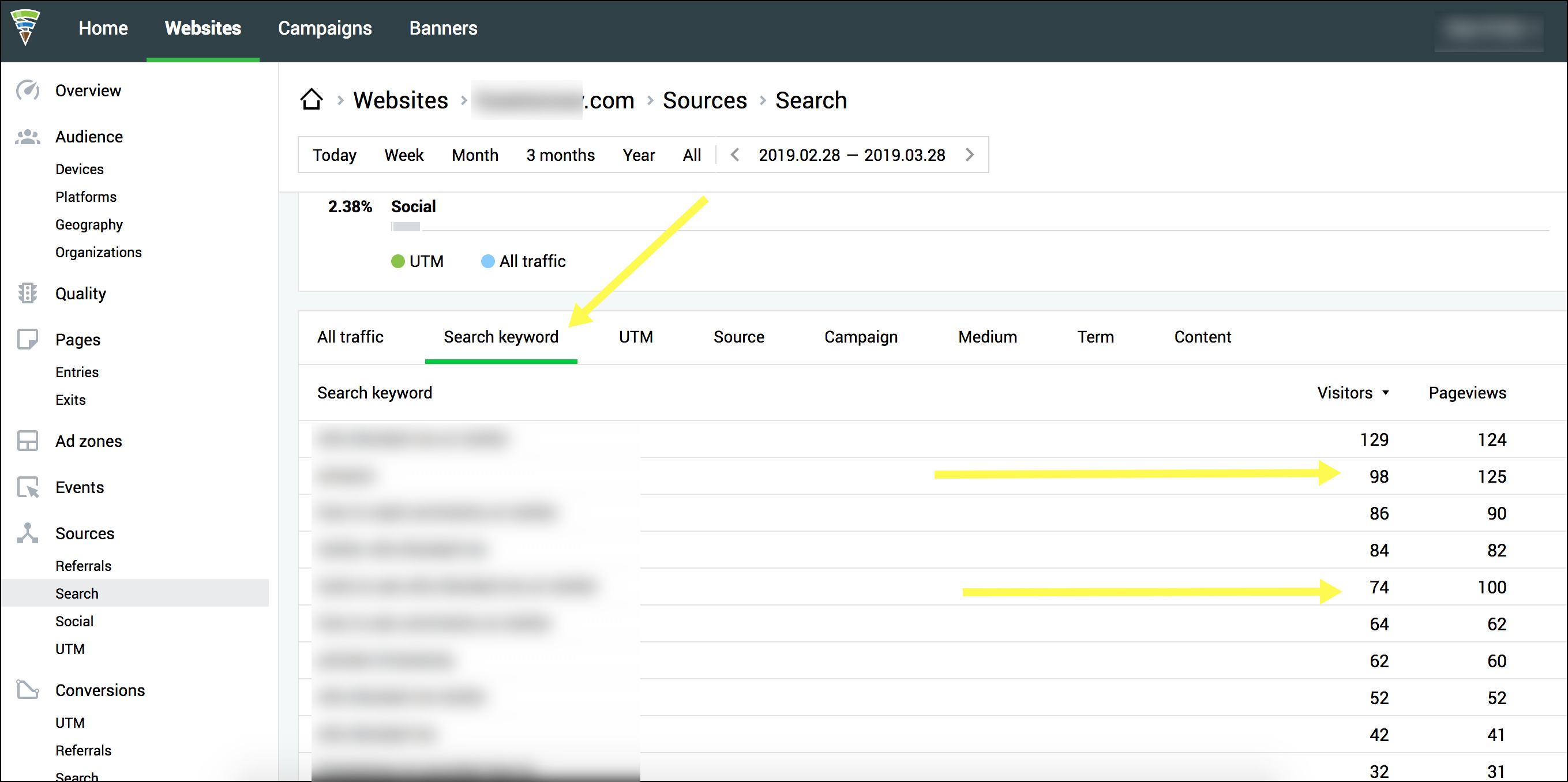
If you select any of the queries and keep browsing the site, you’ll see data related to that keyword only, e.g. its conversion rate, associated conversion funnel analysis and user demographics. Finteza also recently added retargeting feature allowing you to serve specific content based on the initial referral or engagement.
You can read more on Finteza’s traffic analytics here.
Which keyword research tools do you know that are usable free of charge? Please share yours in the comments!
Related reading
Understand your site’s critical HTTP codes to recognize errors that demand attention and find opportunities to help improve your SEO.
The whole point of customer support is to understand your industry and business goals. Coaches meet you at your level of expertise and build up from there.
A new research study reveals that Google review stars form social proof for your brand, boosting your site’s CTR by over 35 percent.























